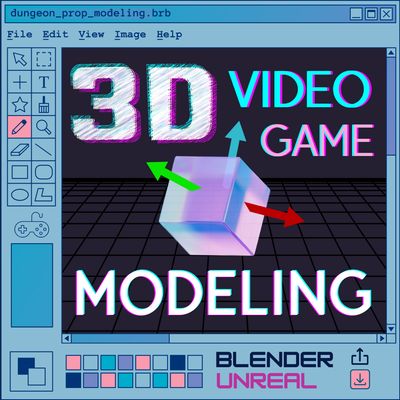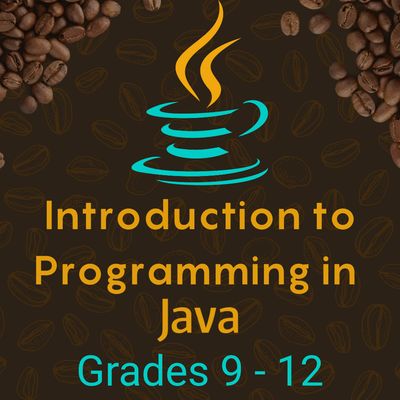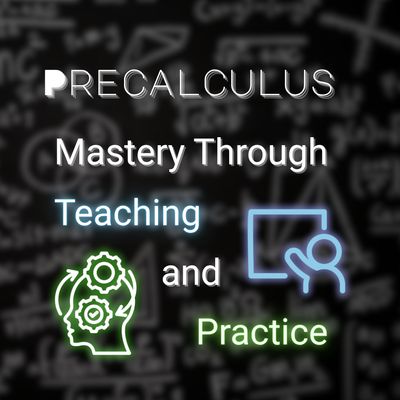Carnegie Mellon Robotics Academy: Software Foundations
Class Size: 1 to 8 students. To ensure personalized attention and support, we maintain a student-to-instructor ratio of 1:4. For new students joining at any point, additional instructors are added to provide support and help them catch up seamlessly.
Total Duration: 3-6 months. The duration of this class is determined by the student’s pace and goals, with flexible scheduling to accommodate diverse learning needs.
Group Discount:
- Groups of 2–3: 10% off
- Groups of 4 or more: 25% off
Master Robotics and Arduino Programming One Class at a Time!
This course introduces students to the thrilling world of robotics, programming, and software engineering. Using the Arduino ShieldBot, participants will progressively build, program, and refine their robots. Designed for beginners, this course emphasizes hands-on learning, iterative problem-solving, and real-world applications of robotics.
By the end of the program, students will have a fully operational ShieldBot capable of tackling autonomous challenges, along with the foundational programming and robotics skills to explore further in the field.
The course is project-based, allowing students to focus on hands-on learning. For students who watch the videos at home, come prepared to class, and complete the projects on time, the course can be completed in as little as 3–4 months with a commitment of 1.5 hours per week in class. To earn a certificate, students must complete the projects according to the given specifications, which will be reviewed and approved by instructors before being submitted for upload. Additionally, students must pass the final exam with a score of 70% or better to complete the course and earn their certification. The cost for the certification is an additional $200.
Developed by Carnegie Mellon Robotics Academy
This course was developed by the Carnegie Mellon Robotics Academy (CMRA), a leader in robotics and computer science education. CMRA studies how educators can use robots to teach Computer Science, Science, Technology, Engineering, and Mathematics (CS-STEM). Their mission is to create CS-STEM opportunities for all learners through research-based, classroom-tested solutions that foreground critical STEM concepts.
Course Topics
Introduction to Arduino and ShieldBot
- Unbox and identify all ShieldBot components.
- Set up the Arduino IDE and explore its programming environment.
- Write your first program (e.g., blinking an LED) and test basic hardware functionality.
Subsystem Assembly and Drive Motors
- Assemble the ShieldBot’s Mobility, Power, and Control subsystems.
- Write and test a program to drive the robot forward and execute basic turns.
Open-Loop Navigation
- Learn the concept of open-loop navigation (movement without feedback).
- Write programs to control timed movements and turns.
- Create and refine programs to navigate simple paths and complete basic challenges.
Introduction to Sensors
- Explore ShieldBot sensors, including whisker and light sensors.
- Program the robot to respond to touch input using whisker sensors.
Integrating Sensors for Environmental Sensing
- Use light sensors to detect environmental input and trigger robot responses.
- Debug and refine sensor-based programs to enhance their functionality.
Camera-Based Navigation Setup
- Attach and configure the PixyCam to the ShieldBot.
- Write a Blob Detection Program to identify colors and objects.
Camera-Based Navigation Challenges
- Navigate and interact with objects using camera data.
- Solve challenges such as “Park in the Stall” by combining camera feedback with motor control.
Sensing and Movement Mini-Project
- Design a program that integrates multiple sensors and motor control.
- Test the ShieldBot in a simulated environment to solve a specific challenge.
Final Project Development
- Plan and implement an autonomous navigation program that incorporates all the skills learned.
- Use sensors, loops, and camera navigation to solve a complex challenge.
Final Presentations and Wrap-Up
- Present your ShieldBot’s capabilities in a final demonstration.
- Reflect on lessons learned and discuss real-world applications of robotics and programming.
- Celebrate your achievements with a certificate of completion (if applicable).
Course Highlights
- Hands-On Robotics: Work directly with a ShieldBot to bring coding concepts to life.
- Step-by-Step Learning: Build your skills progressively, mastering each topic before moving on to the next.
- Real-World Challenges: Learn how robotics is used to solve problems in industries like logistics, healthcare, and entertainment.
- Critical Thinking and Creativity: Develop problem-solving skills through iterative design and testing.
Who Should Join?
This course is perfect for:
- Middle and high school students curious about robotics and programming.
- Educators seeking hands-on robotics experience for classroom use.
- Beginners with no prior experience who are eager to build and code.
- Students may complete the course at a faster or slower pace, depending on their age and previous experience with coding and robotics.






